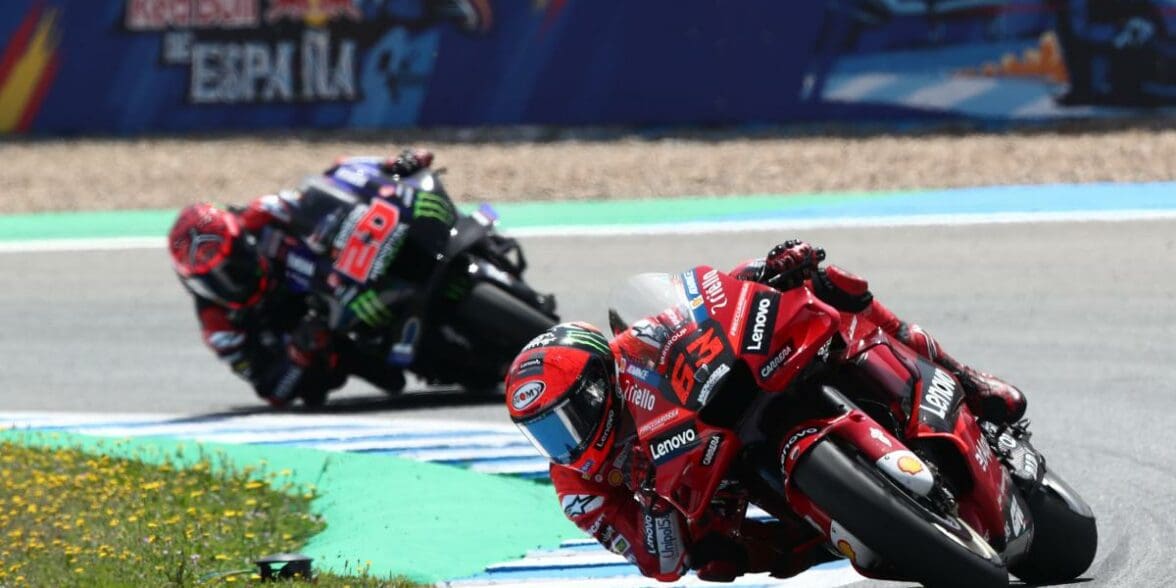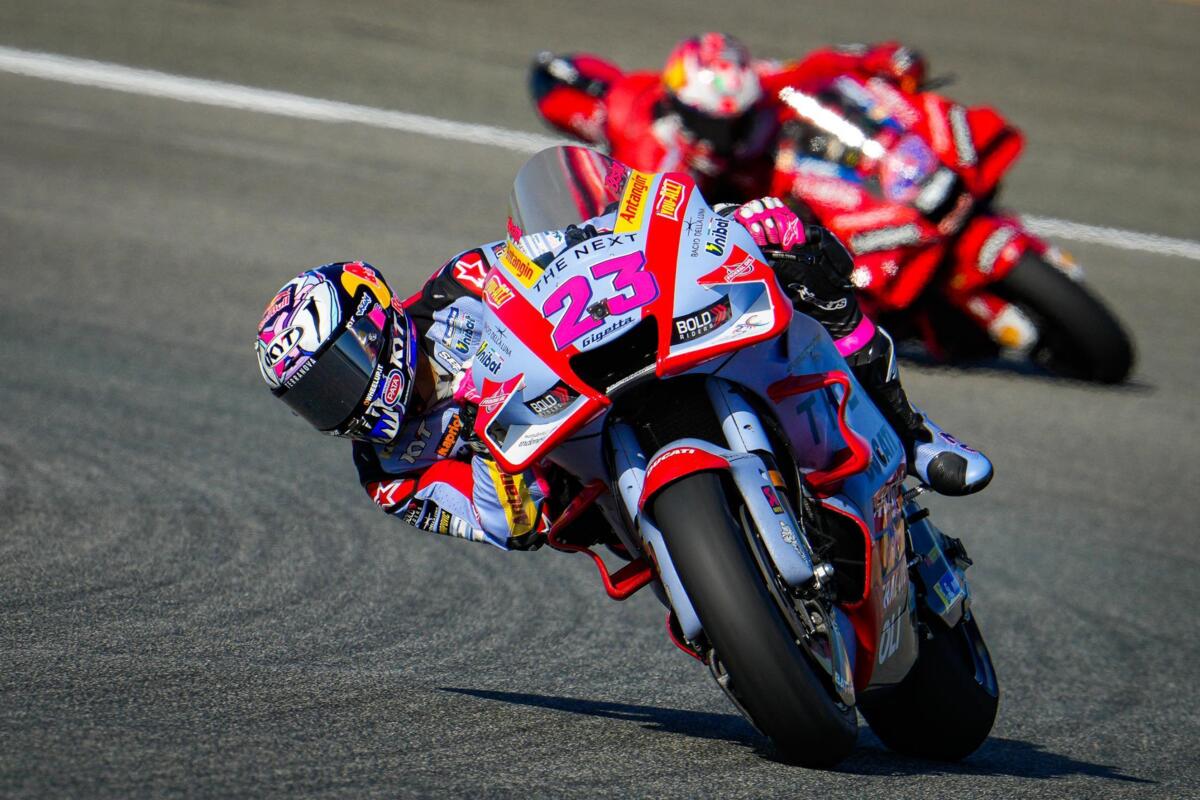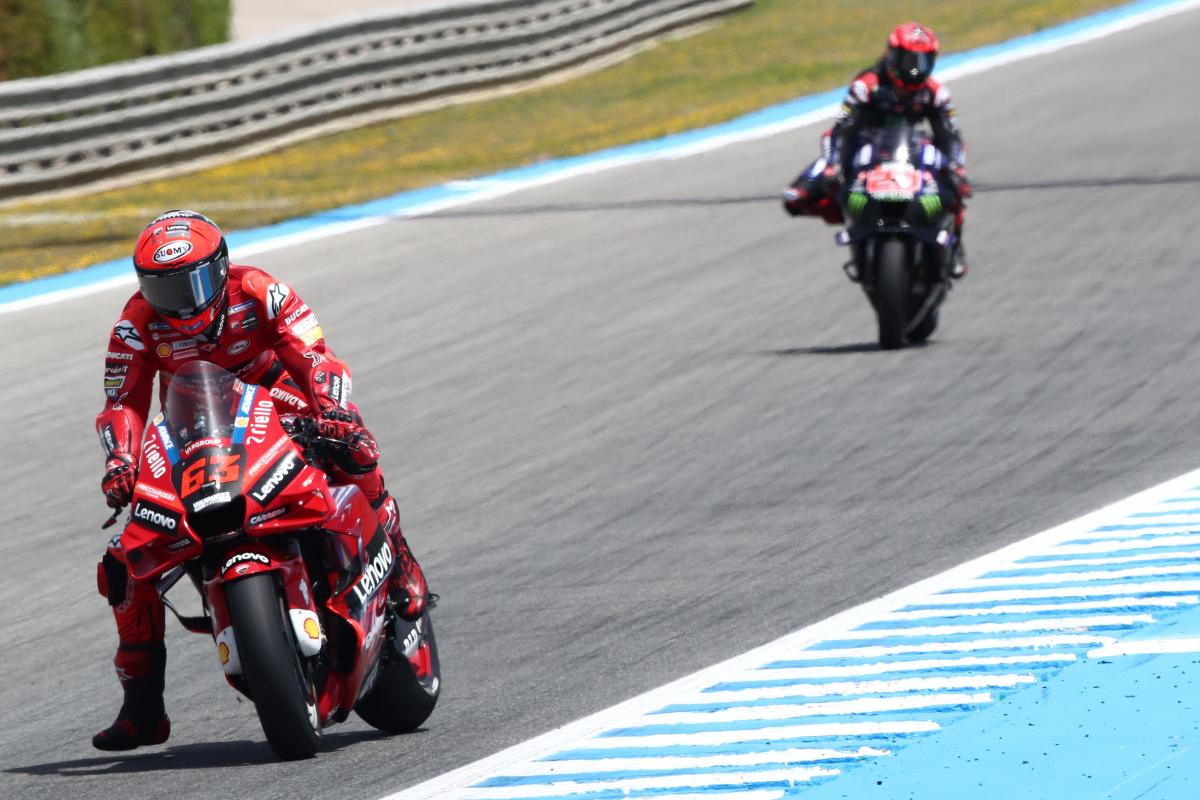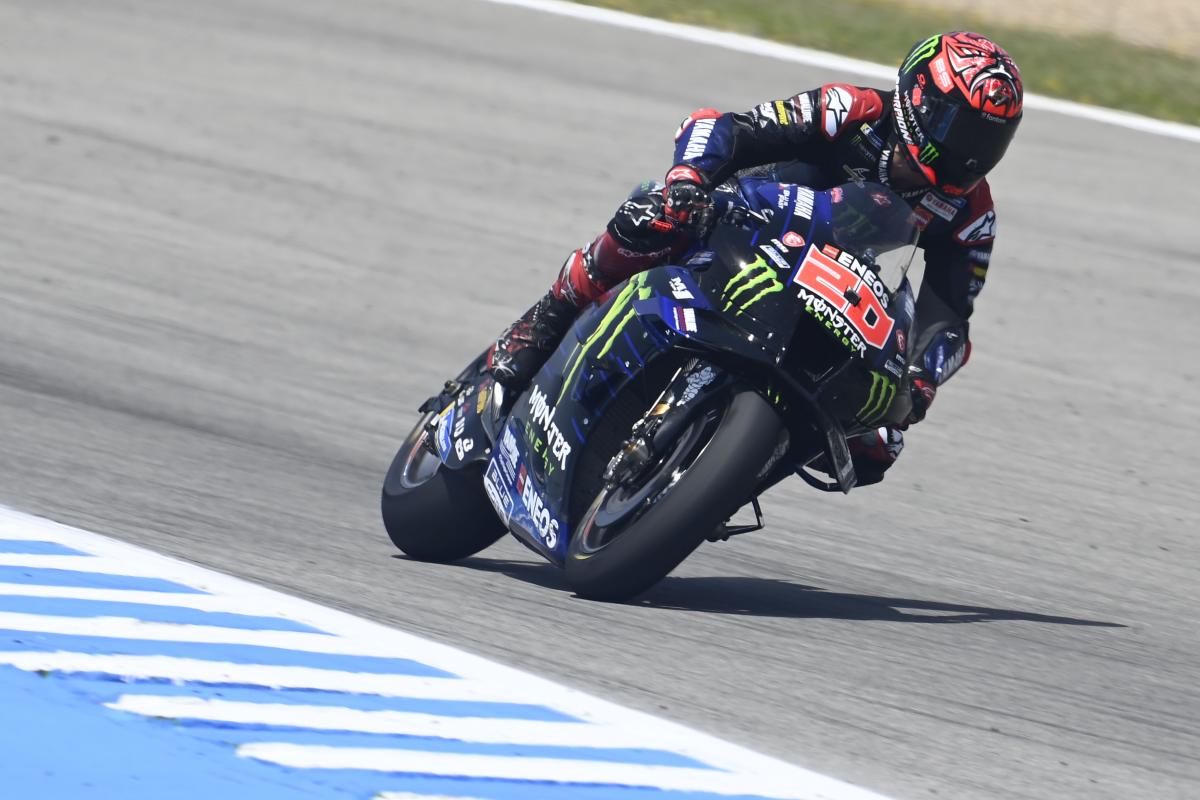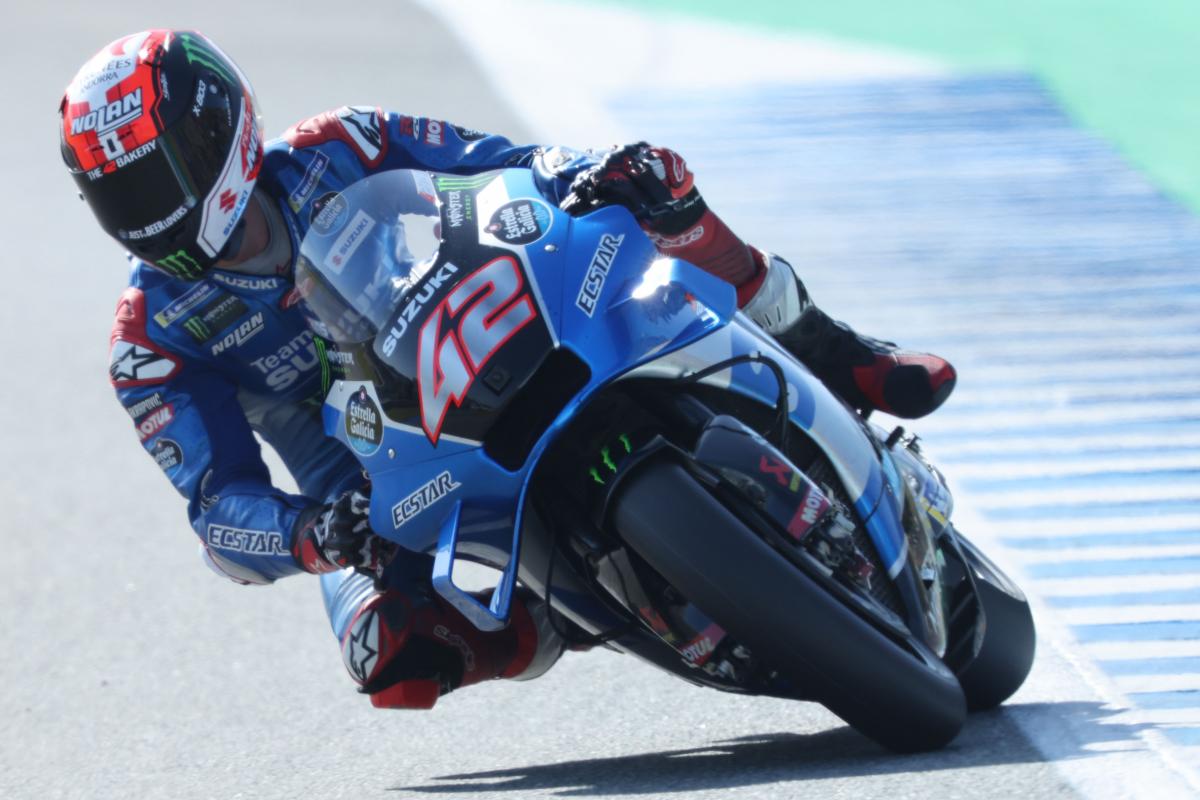With the 2022 season of MotoGP now fully underway, a man by the name of Mat Oxley has covered what seems to be a rather interesting habit in the pits of the circuit.
According to Motor Sport Magazine, MotoGP teams are deliberately riding with lower tyre pressure in an attempt to keep grip at the max.
This extra friction tends to be needed most when riders are bearing down on another bike – something that’s a constant problem in camp Ducati as well as a few other teams.
Of course, lower tyre pressure is regulated by MotoGP – but that’s not what Oxley’s problem is.
“Michelin’s super-sensitive front slick…needs to operate at exactly the right temperature and pressure to perform at its best,” explains Oxley in Motor Sport Magazine.
“MotoGP has minimum-pressure regulations, written to prevent teams from going too low, which could lead to the tyre casing failing, with inevitable consequences.”
“…[the]minimum limit is 1.9 bar (27.6psi) for front slicks and 1.7 bar (24.6psi) for rears. Any lower and you are breaking the rules, just the same as if you’re running an oversized fuel tank or bypassing software locks.”
Oxley’s conundrum has to do with a leaked printout from the Spanish MotoGP showing the tyre pressure for all riders:
Apparently, there’s a ‘gentlemen’s agreement’ between the MSMA and Michelin to ‘not disclose any breach of this regulation or sanction any breaches.’
With the leak now ‘disclosed’ to every Joe and Jane in the community, everybody and their neighbor can get a gander at who is riding too low, facing Oxley’s big question:
“Why weren’t Ducati and Pecco Bagnaia sanctioned for running an illegally low front-slick pressure during their ride to Spanish Grand Prix victory on May 1?”
(for what it’s worth, we’re told that the riders are likely unaware of anything beyond the twisties, so this would not be their fault).
Stay tuned for updates – from the way MotoGP’s been cracking down on safety lately, we’re likely not going to be long in waiting for the rebuttal.
Drop a comment letting us know what you think, and as ever – stay safe on the twisties.
*Note: Thanks to you, our readers, we are leaving an extra reminder that the data acquisition methods used for tyre pressure data are susceptible to corruption, and that our current coverage is connected to our source, who also happens to be an Isle of Man TT winner and lap record holder*


